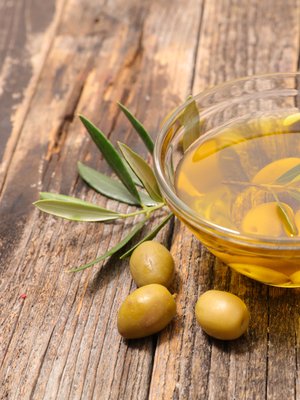Elaboration of Olive Oil
Today, oil is obtained in a very similar way as our ancestors did thousands of years ago. The olive is pickes, milled, and beaten, and then the oil is separated, decanted and conserved.
Greeks used wooden presses and Romans stone presses in cone form moved by chivalries.
During the Middle Age they began to use the mill wheels.
It was necessary to wait hundreds of years for the arrival of steam machines, one of the most important inventions for the production of oil, such as the mill of preiffer, a circular stone where they threw the olive onto four rollers, designed in a form of rotating cones, smashing and milling the olives.
Adding to this the use of the electric power, we arrived to the present days.
To obtain olive oils of high quality, the olive should be in good state of maturation, be healthy and not faulty, be exempt of residuals, picked with care to not damage it, processed in the following 24 hours from its collection, take care of the temperature in the elaboration of the oil and, once obtained, conserve it appropriately in containers of stainless steel in cellars without to much light or heat.


